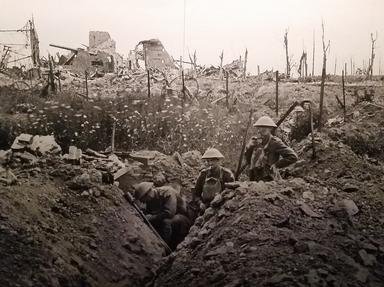Quiz Answer Key and Fun Facts
1. This warship was the first "dreadnought"-class warship in the German fleet and the response to HMS Dreadnought herself. At Jutland, she rammed a British destroyer in the night action, which heavily damaged both ships.
2. Leader of I Scouting Group, this man was a Vice-Admiral during most of the war and became known for his daring and skill with his command. Commanding the battlecruisers of the High Seas Fleet, this officer became commander of the Fleet following the Battle of Jutland.
3. After submitting several bills to the Reichstag to allot large sums of money to the navy for building purposes, this man also helped design many of Germany's dreadnoughts. He would come to be known as the "Father of the German Navy".
4. The Battle of Jutland in 1916 devastated the Royal Navy, and left the German High Seas Fleet in a dominant position in the North Sea.
5. Who was the commander of the High Seas Fleet at Jutland?
6. This warship class was the first class of superdreadnought in the German Navy, and were finished too late to see action at Jutland.
7. Following the Armistice, fearing that the German dreadnoughts would be handed over to the Allies, a German admiral ordered the destruction of almost the entire fleet.
8. Right before Jutland, Admiral Scheer made an impulsive decision that many believe cost him a grand victory. Which of the following was it?
9. If Admiral Scheer was commander of the High Seas Fleet and Admiral Hipper commander of the battlecruisers, which two admirals were their British counterparts (respectively, i.e. #1 Commander of the British Fleet, #2 Commander of the British battlecruisers)?
10. Which German warship, despite having the specifications of a super-armored cruiser, is considered the first German battlecruiser?
Source: Author
MastahCheef117
This quiz was reviewed by FunTrivia editor
bloomsby before going online.
Any errors found in FunTrivia content are routinely corrected through our feedback system.
